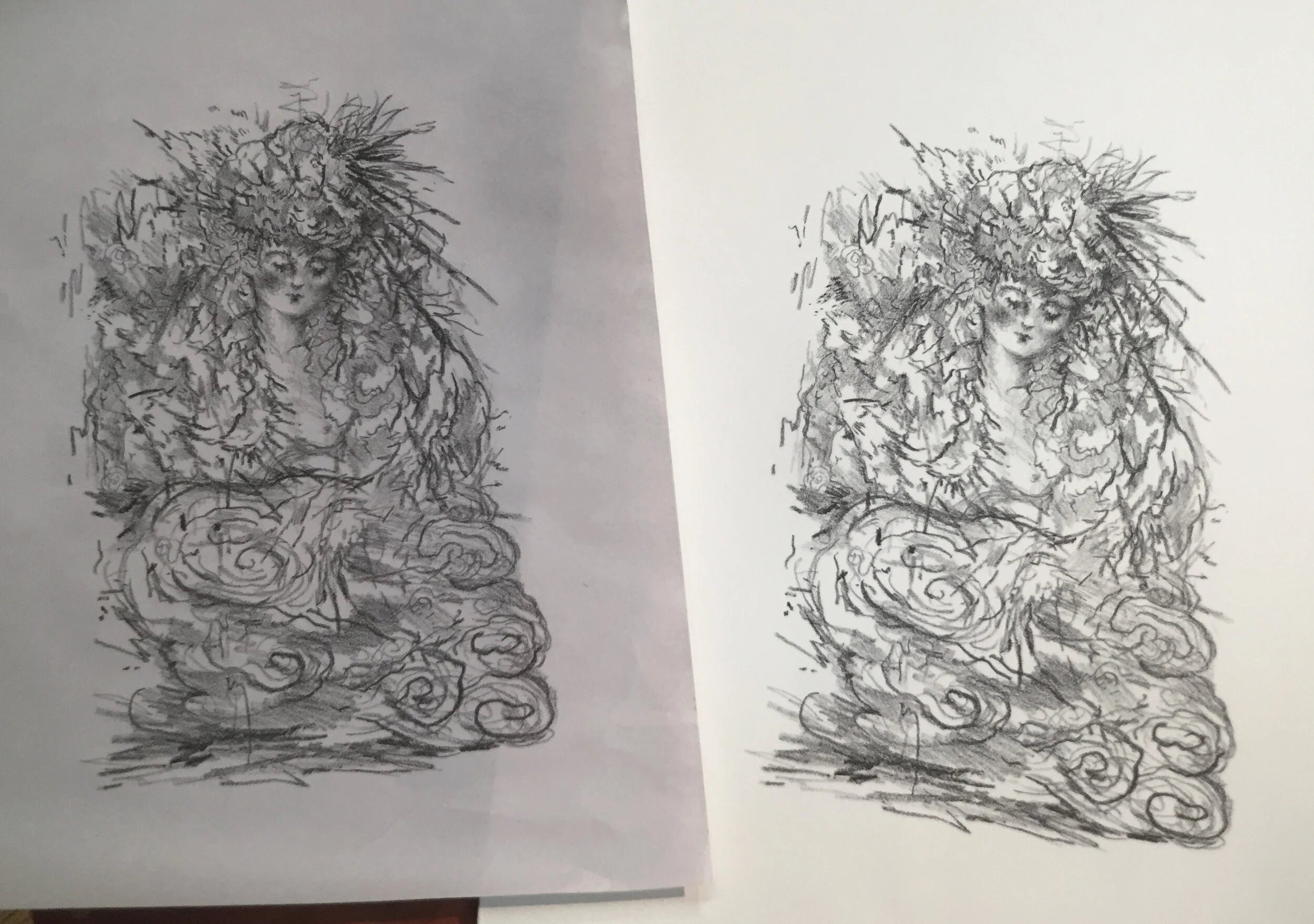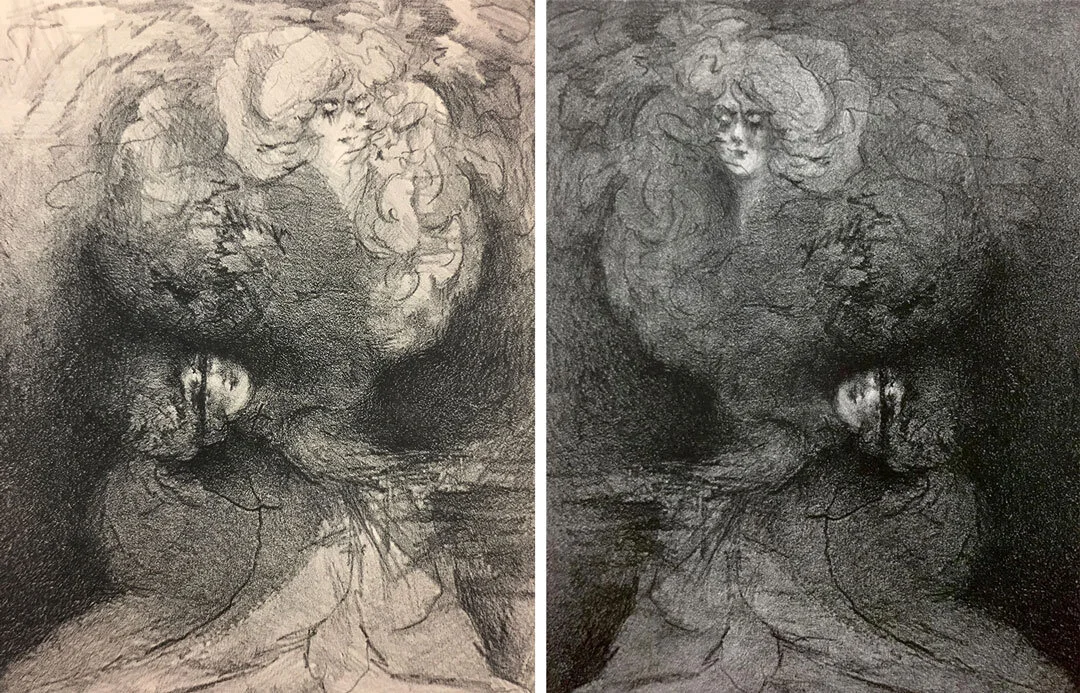In a technologically advanced world, there is a charming antiquity about prints. They are not quite like drawings, however infinitely more precious than something taken straight out from an inkjet printer. Each print can look like it is was carefully and uniquely made. The effect is delicate and personal.
I was first introduced to the world of printmaking when I took a graphic art class in college. I was impressed by the mechanics involved in a large-scale printmaking operation, from noxious acid baths to centuries-old machinery that could take up a bedroom in my small Queens apartment. There is also a comradery and tenderness within printmaking communities who have to learn to live in harmony with each other through necessity of shared studio equipment and technique.
Printing studios are often organized chaos, with various essential products (like ink) on perpetual backorder. I once overheard an instructor complain that the lithography presses in New York were serviced by a single man, that this man was the only person who could really fix them up properly (irritation in his voice rising)—however this same man simply did not feel like fixing the broken press in the studio this month. I couldn’t tell if it was hyperbole, but I laughed imagining printmaking in New York being brought to a standstill by one dilatory printing press savant in Farmingdale. But that anecdote is reflective of how printmaking and printers are in general: impractical and wonderful.
In 2018, in the years prior to quarantine and other challenges of studio space, I was making lithographs at the Art Students League in Midtown. I chose to work in lithography, as I wanted to make prints with a lighter ‘pencil-like’ effect. In the image above, I have side-by-side comparisons of my crayon sketch on the stone (left) and the final print (right). Depending on what sort of crayon you use, the effect of a lithographic crayon can be similar to pencil or charcoal. The crayons contain a wax that repels etching fluid, turning untreated areas into an ink repellent surface.
Historically, printmaking was a process that was used to replicate art prior to photography. Printmaking has now taken on a second life as an artform living for itself, and I couldn’t be happier. Entering into a printmaking studio, one can feel transported into an older world than one’s own.
Working primarily in paper mediums, printmaking was the instant friend that flew out from the darkness. Hopefully, it is something I will return to in the not-too-distant future.


